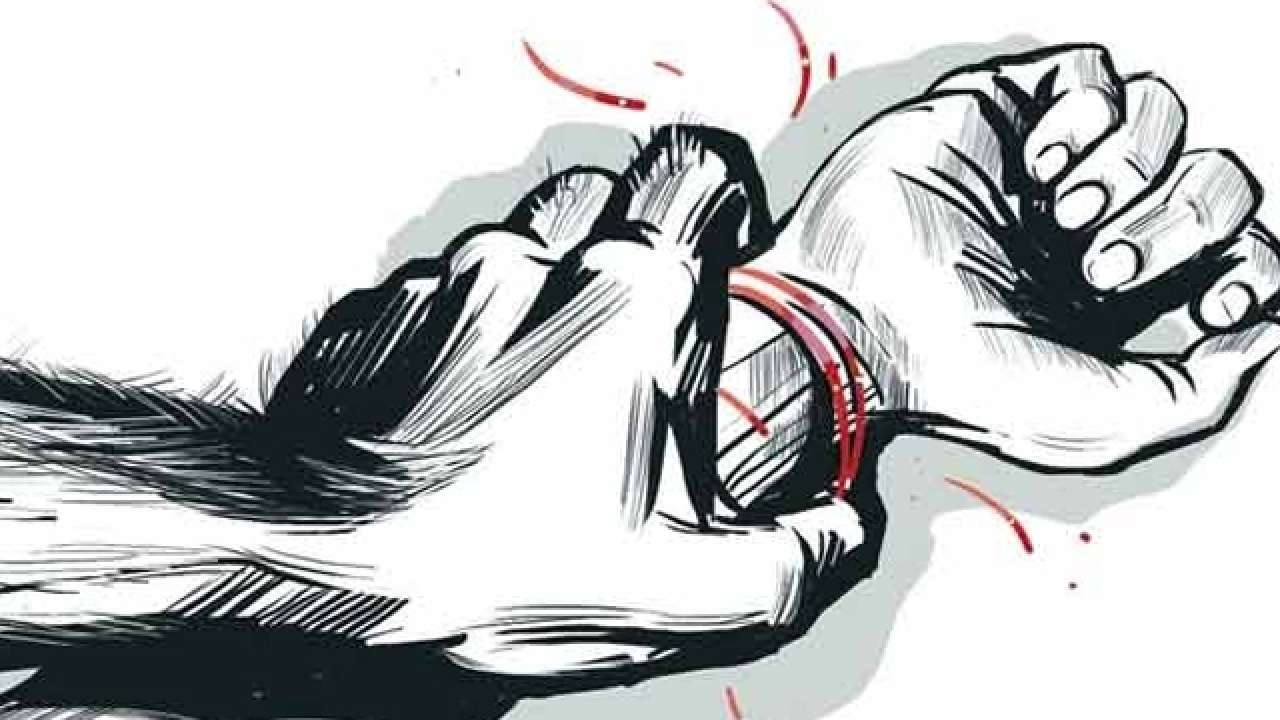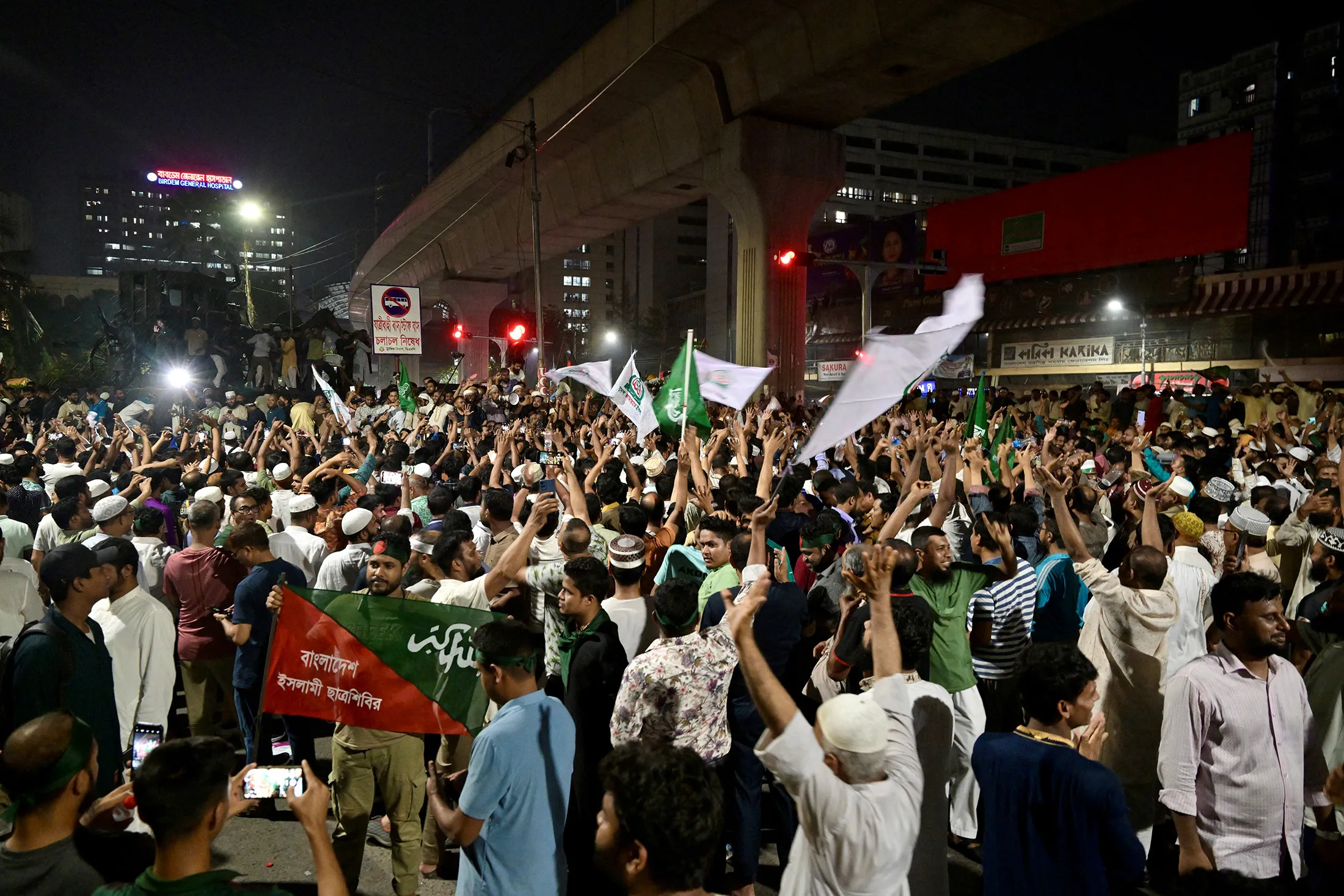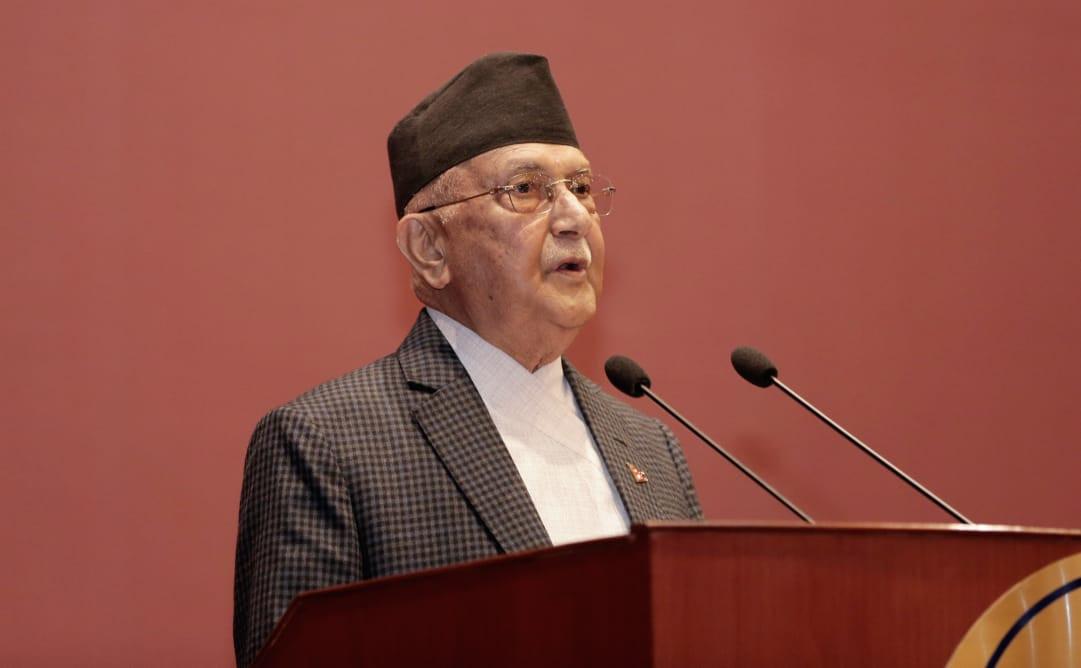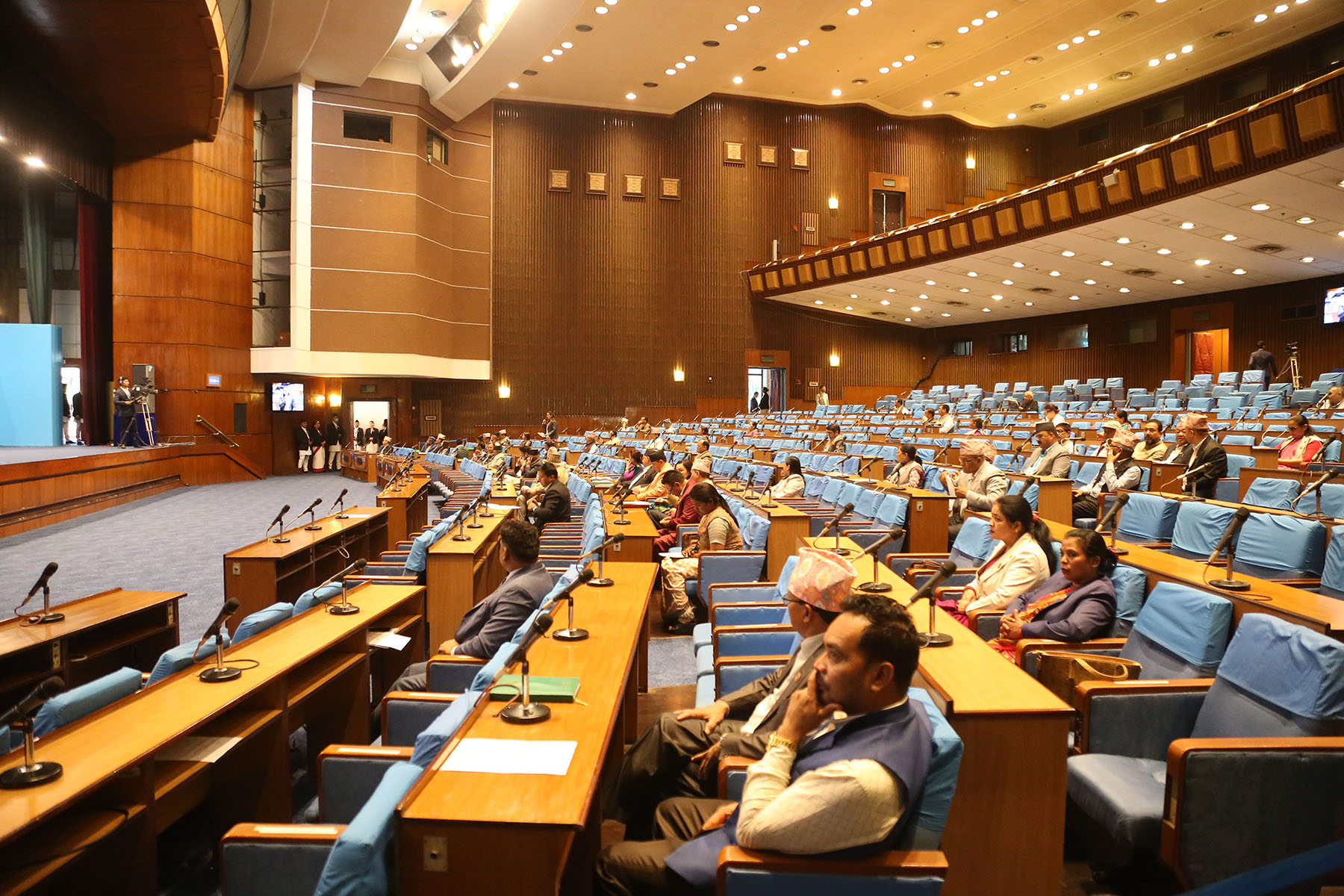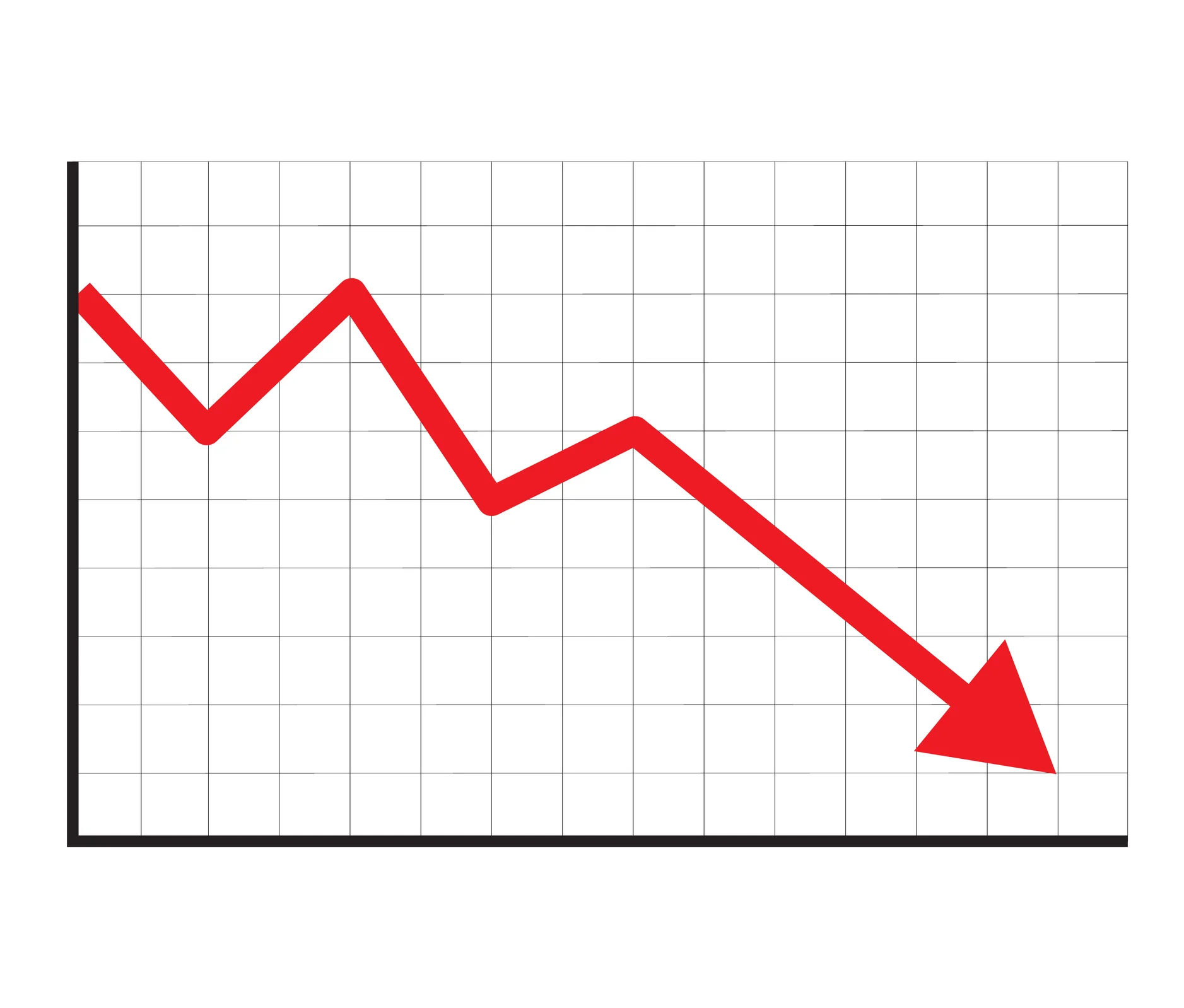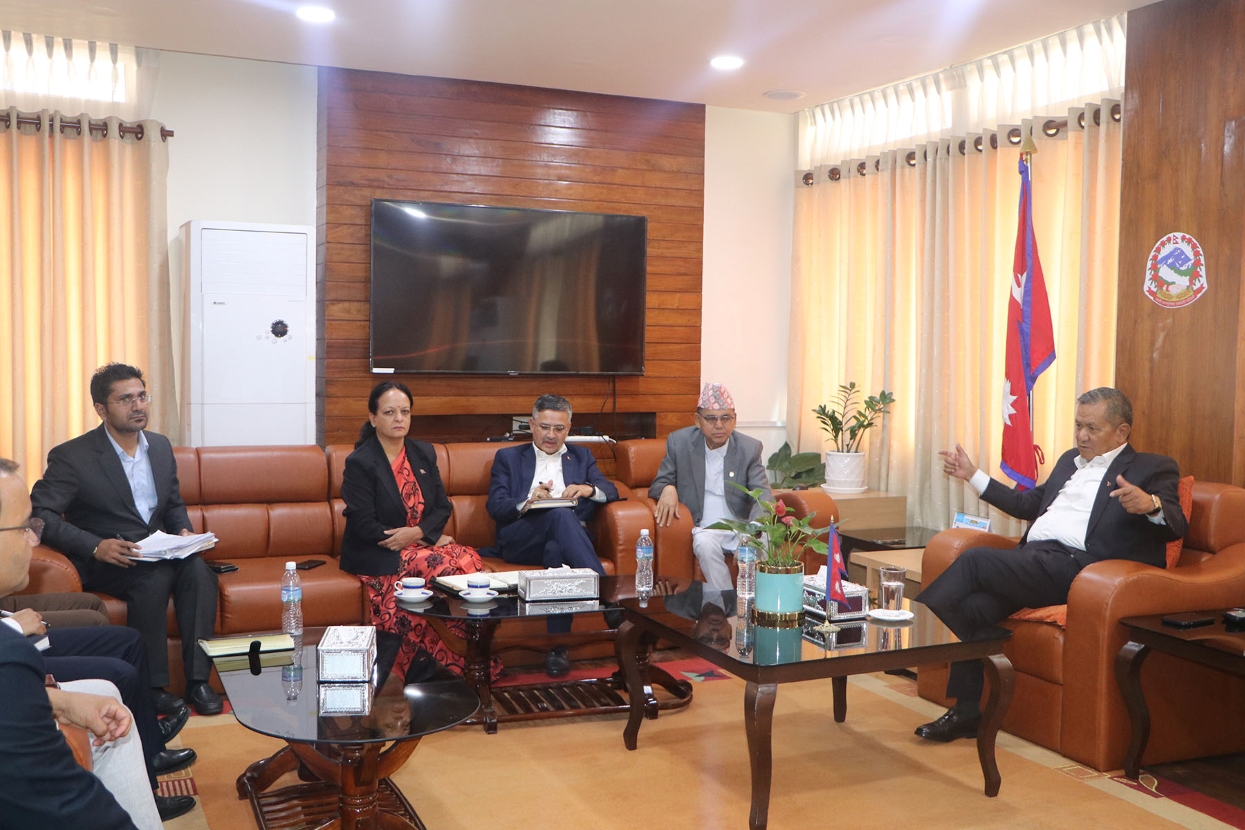Holi festival celebrations illuminate Nepal’s hilly regions
Holi, the vibrant festival of colors, is currently being joyously celebrated across Nepal's hilly regions on Sunday and Monday, extending to Terai districts.
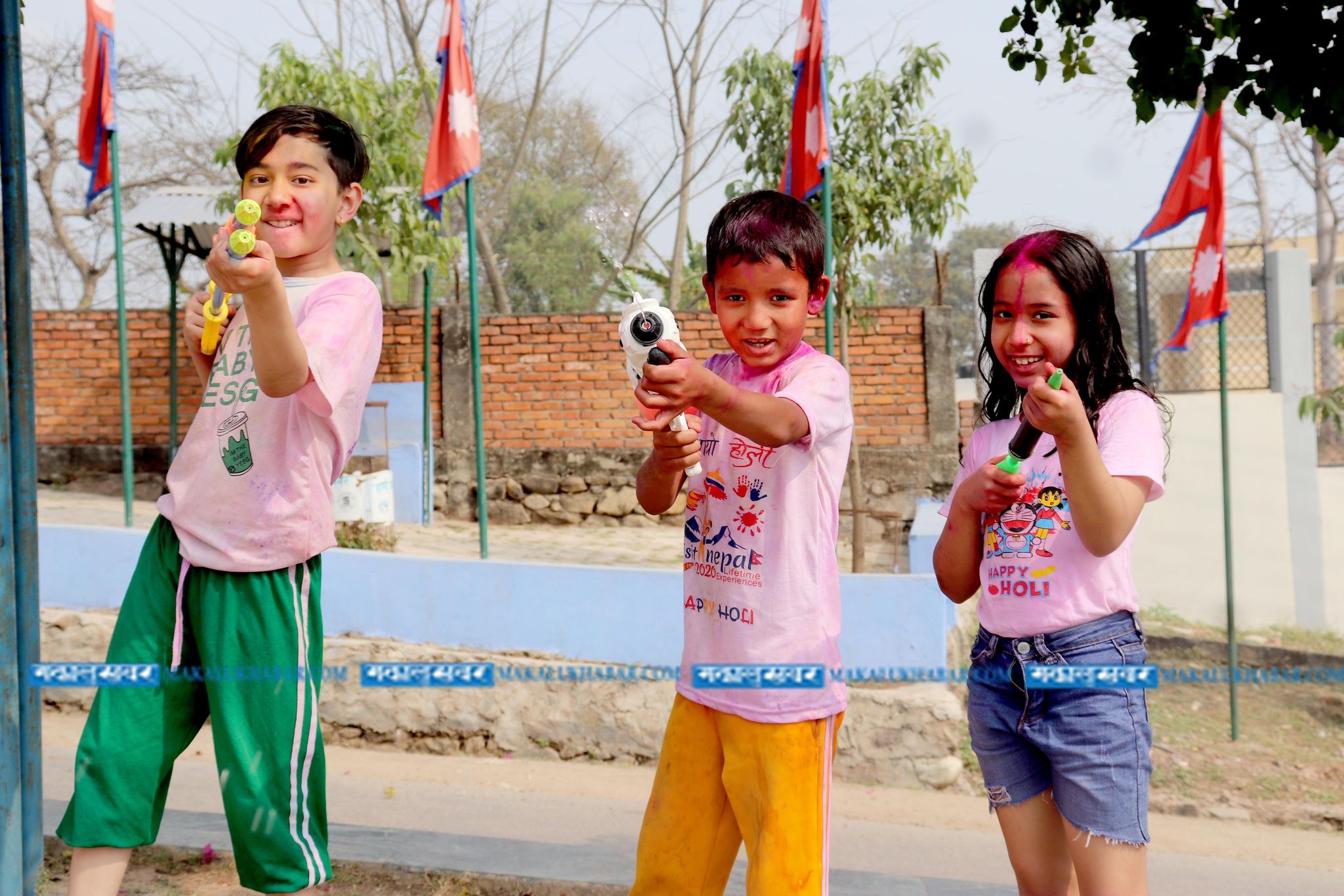
KATHMANDU: The streets of Nepal’s cities and towns erupted in a riot of colors today as communities came together to celebrate Holi, the festival of colors. From the bustling streets of Kathmandu to the tranquil villages nestled in the Himalayan foothills, the air was filled with laughter, music, and the vibrant hues of gulal.
Holi, the vibrant festival of colors, is currently being joyously celebrated across Nepal’s hilly regions on Sunday and Monday, extending to Terai districts.
In Kathmandu Valley, the historic city squares became lively hubs of activity as families, friends, and strangers alike joined in the festivities. People of all ages smeared each other with colored powders and exchanged warm greetings, symbolizing the triumph of good over evil and the arrival of spring.
Traditional rituals added depth to the celebrations, with locals gathering to perform puja (prayers) and seek blessings from elders. The air was fragrant with the aroma of delicacies like sel roti, malpuwa, and tharu, as households opened their doors to welcome guests and share the joy of the occasion.
This cherished festival holds deep cultural significance, symbolizing familial and societal unity and the victory of truth over deceit.
Regarded as one of Nepal’s major festivals alongside Dashain and Tihar, Holi brings communities together in jubilation.
In various cities like Kathmandu, Narayangadh, Pokhara, Itahari, Hetauda, and Dharan, traditional concerts featuring renowned celebrities are organized, televised, and enjoyed by many.
Amidst lively gatherings, people exchange colorful powders and sprinkle each other with colored water, enhancing the festive spirit.
Another beloved tradition includes playful water balloon fights, locally known as “lola,” adding to the merriment.
During this festive occasion, some indulge in bhang, a concoction of cannabis, milk, and spices, believed to heighten the festive experience.
With each hue symbolizing joy and the removal of sorrow, Holi promises to paint life in the vibrant shades of happiness.
According to the legend, the fire-resistant Holika sacrificed herself and her son Prahlad to Lord Bishnu in exchange for his religious devotion. Her son Prahlad, on the other hand, was unharmed, whereas Holika was burned to death for inflicting injustice on her son. Hindus have celebrated Holi ever since as the triumph of justice over injustice.
The auspicious occasion of colors is widely celebrated by the majority of all ethnicities in the nation.
People of all ages gather in groups to celebrate this festival. The children were discovered to have improved the festival by playing pichkaris (water gun).
People of all religions celebrate Holi because it promotes social harmony. Various festivals held in Nepal, a lovely country with multi-ethnic, multi-lingual, multi-religious, and multi-cultural characteristics, are thought to foster strong social unity.
Terai Holi observed on the day following the Hilly Region
In the Terai region, Holi unfolds a day after its celebration in the hilly regions, marked by a distinctive tradition known as “Holika Dahan,” symbolizing the victory of justice. Here, people gather wood and ignite bonfires to commemorate the demise of Holika, the fire-immortal.
“Holika Dahan” epitomizes the flaming fire ignited after sunset on the full moon day of Fagu Purnima, representing Holika’s demise as she failed to comprehend that she would remain unscathed if she walked through the flames alone.
While Holi is observed on Fagu Purnima in Nepal’s hilly regions, its official commencement in Kathmandu’s Durbar Square includes the placement of “Chir” – a long bamboo stick adorned with various colors of cloth. This ceremonial act precedes its burning to ashes, signaling the festival’s onset.
Unique to the Terai, Holi celebrations reveal a blend of tradition and modernity, offering a glimpse into the festival’s profound depth and essence. It is in the Terai region that one can truly appreciate the richness and distinctiveness of Holi’s festivities.



